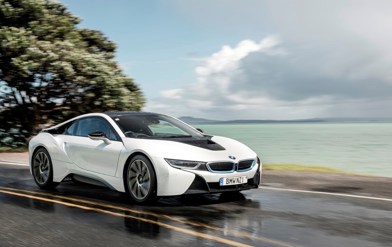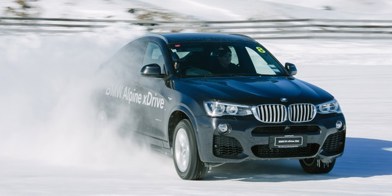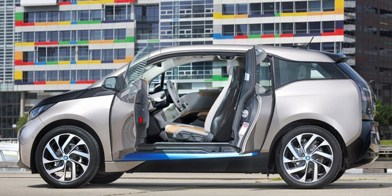“Simplicity is an advantage. If something breaks many miles from help, you need to be able to fix it where it lies.”
Australia’s Outback. Tough bastard of a place. Shame we’re not there today.
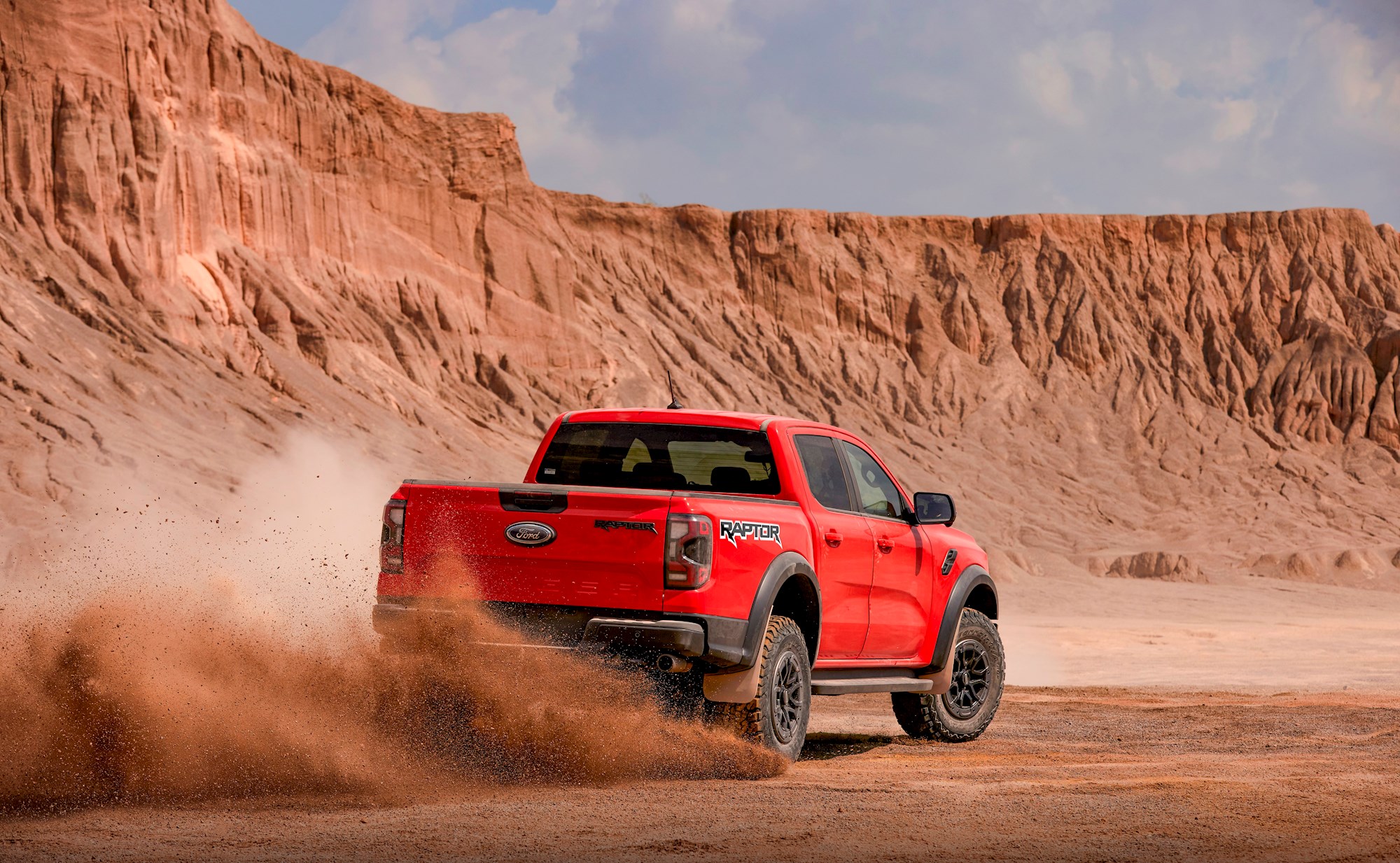
Launch venue for the Ford Ranger Raptor, released on back of two years’ intense development on sun-baked dirt in South Australia, is a high-brow Queensland vineyard sited in a lush green belt, 30 minutes from Brisbane.
Yeah, really. Mt Cotton’s a nice spot, but this glamping opportunity on a 266-hectare property is far from the dream-timey, red dust and rock condition portrayed in Ford’s image library; snapped at the development ground, 2000kms away. We’re almost closer to Auckland than to Uluru.
Still, the spot delivers a core requirement for assessing Raptor; a decent off-road course, with fast charging as well as low-speed mud-plugging.
Of which it makes such light work as to suggest the quote starting this piece, advice from the 1990s’-era guidebook to driving in Australia’s heartland I’d boned up on (having been convinced that’s where we were heading), is as last century as the vehicles it recommends.
That’s definitely the case insofar as “simplicity” goes. That concept applies only in respect to the operability of its off-roading assists; the tech itself is anything but basic.
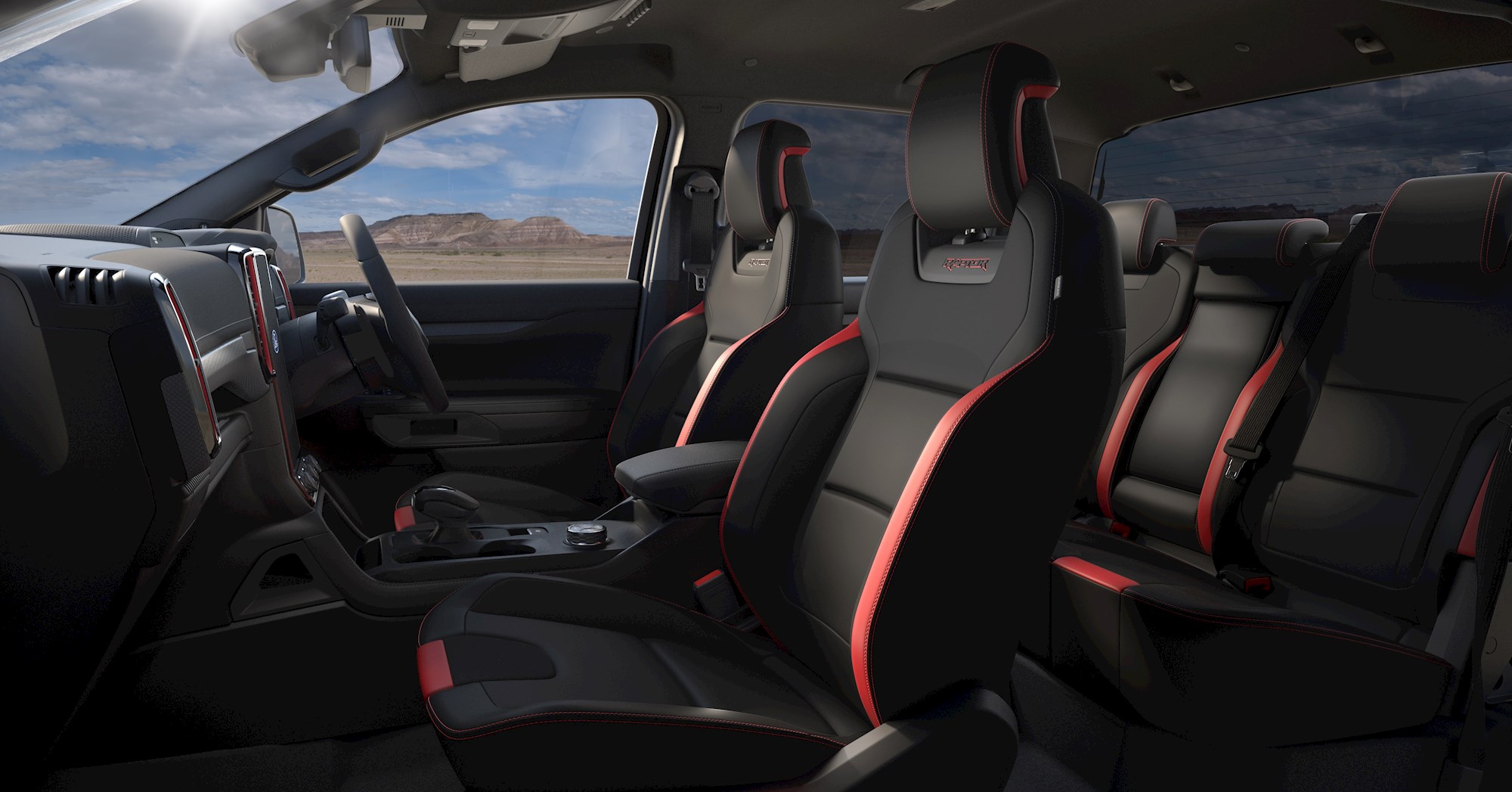
Cameras to cover off blind spots, Trail Control - which Ford describes as “like cruise control for off-roading” – and seven drive modes, more dedicated to off-seal than on-road, layer atop the move to a permanent four-wheel-drive system with lockable front and rear diffs. This is one tricked-up truck. In event of failure, forget the toolbox. Reach for the laptop.
That’s assuming it might fail to start with. Going by how Raptor seamlessly acquits, it’s hard to imagine any ute better sorted to kick dirt at old school convention. It’s sorted, and then some.
Ejecting the biturbo 2.0-litre turbodiesel for a 292kW/583Nm 3.0-litre dua- turbo petrol V6 is the single biggest change. And challenge. As brilliant as it is for the model’s mission, such a red-blooded update at time of green intent is, erm, interesting.
If focus narrows purely to positives, they’re easily picked. Double the power, half the 0-100km/h time and a truly Italianesque soundtrack (the team tuned into Alfa’s Stelvio Q for inspiration). The tribal leader is maniac; firing with a flare of revs and demonstrating redline eagerness you’ll never see from Ranger’s other 3.0-litre V6, the diesel. On those grounds, what’s not to like?
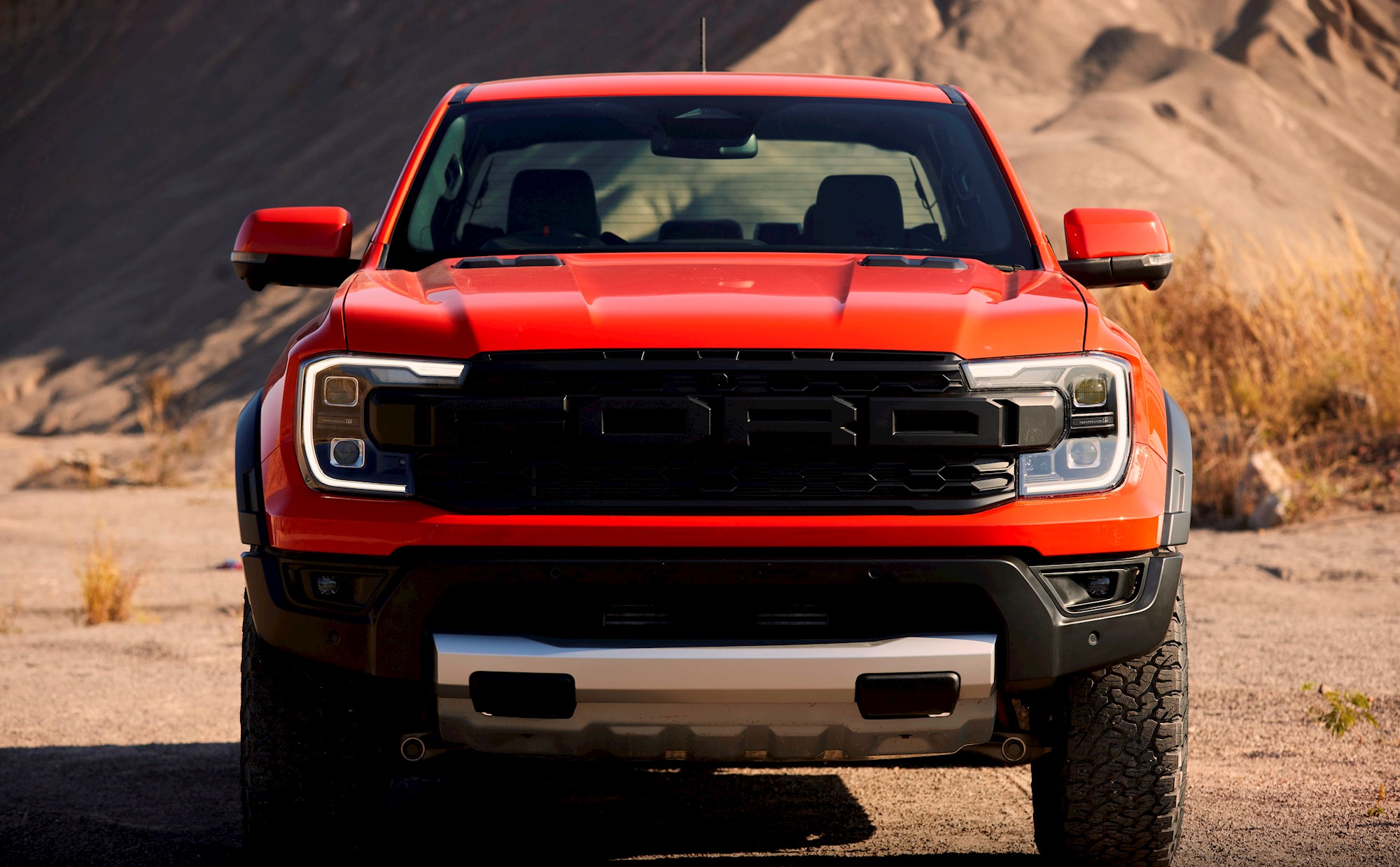
Stuff. It’s hard to have a vehicle-related conversation these days without discussing prices at the pump, consumption rates and CO2 outputs.
Regardless that the cachet of class-topping oomph seems to be fuelling a forward order stampede, Ford NZ knows full well there’s good reason why the Ranger-led local one-tonne scene is wholly diesel.
This Ford F150-plucked unit brings American drinking habits, going top shelf – 95 octane or better – and knocking back 11.5 litres per 100km on paper, much worse in our workout. I saw 19l/100km. Ready for that, when previous the Raptor sat at 8.1l and the current Wildtrak puts it back at 8.4l/100km?
It’s also deep into the naughty corner for emissions. The 292 grams of CO2 per kilometre output assessed under our WLTP3 protocol (Ford Australia says 262, but that’s with the outdated NEDC formula) means there’s a $5175 Clean Car penalty on top of the $89,990 showroom sticker. Clean Car Standard coming into force on January 1 is another potential proctology-level pain; if that legislation plays out fully, this rig will heft a $10,000 penalty in 2025.
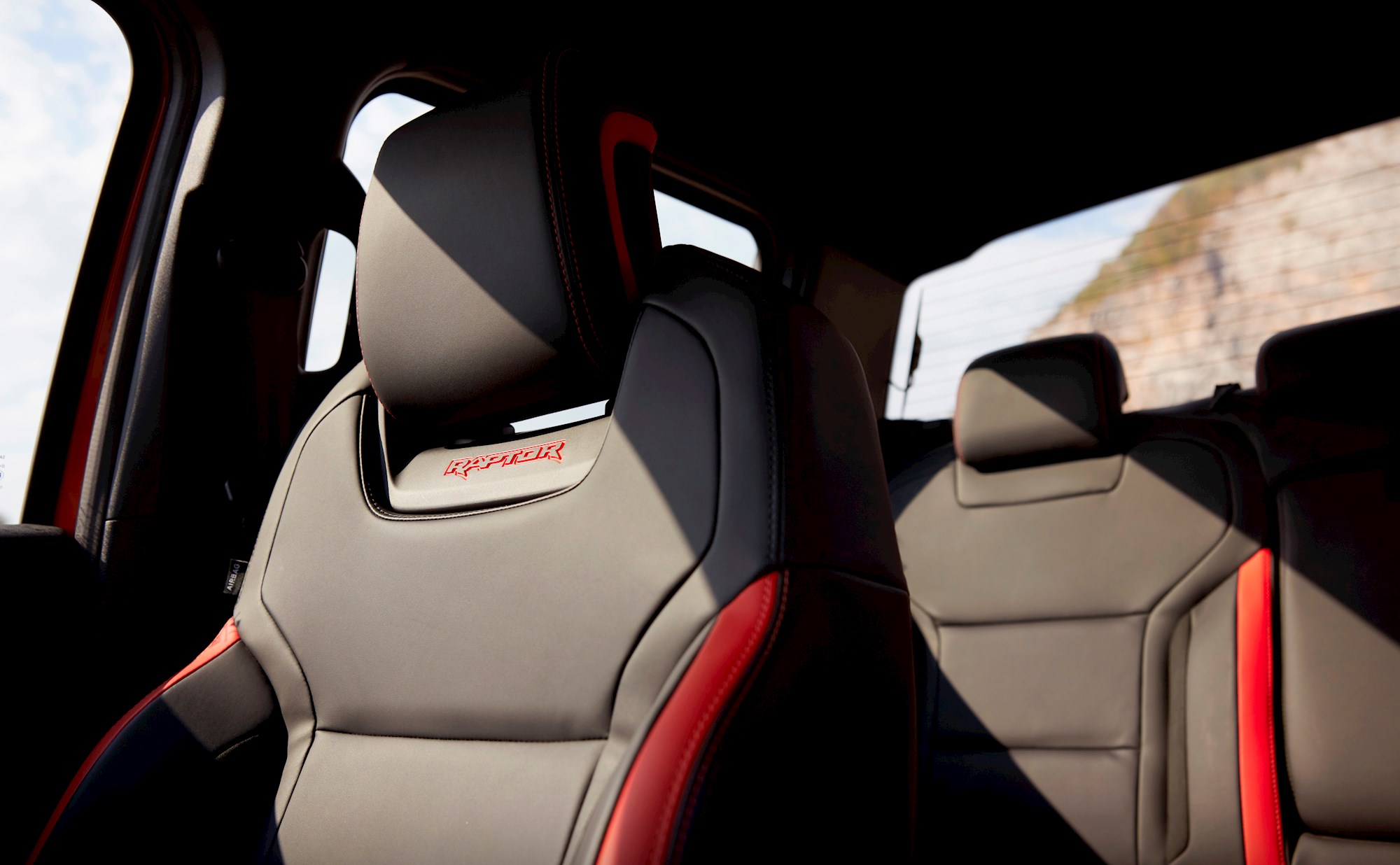
Speaking of burdens. Reductions in payload (by 244kg, to 753kg) and towing maximums (by 1000kg, to 2.5 tonnes) due its race truck suspension, brakes and wheels are not as bad as before, but still enough to site it as a shirker against regular Ranger.
Notwithstanding all of that, Raptor is a work of genius. The enhanced styling is ace; a stance so aggressive you’d swear it growls in its sleep and it appears brawnier all round. Actually, not in width, for reason that it wouldn’t fit down the assembly line if that increased.
It gets the same high-resolution digital instrument cluster and centre console screens as general-issue Ranger, but with more functionality, plus there’s a sports-style seat and thicker-rimmed steering wheel and paddle shifters. BTW, NZ specification absents the bead lock wheels optional across the Tasman, active park assist 2.0 and the decal pack option and colour choices are more limited.
The engineering? Utterly outstanding. Ford’s contention about Raptor being so different to Ranger is deserves to be considered its own thing kinda makes sense. Driving-wise, the beast is different for reasons beyond its ferocity.
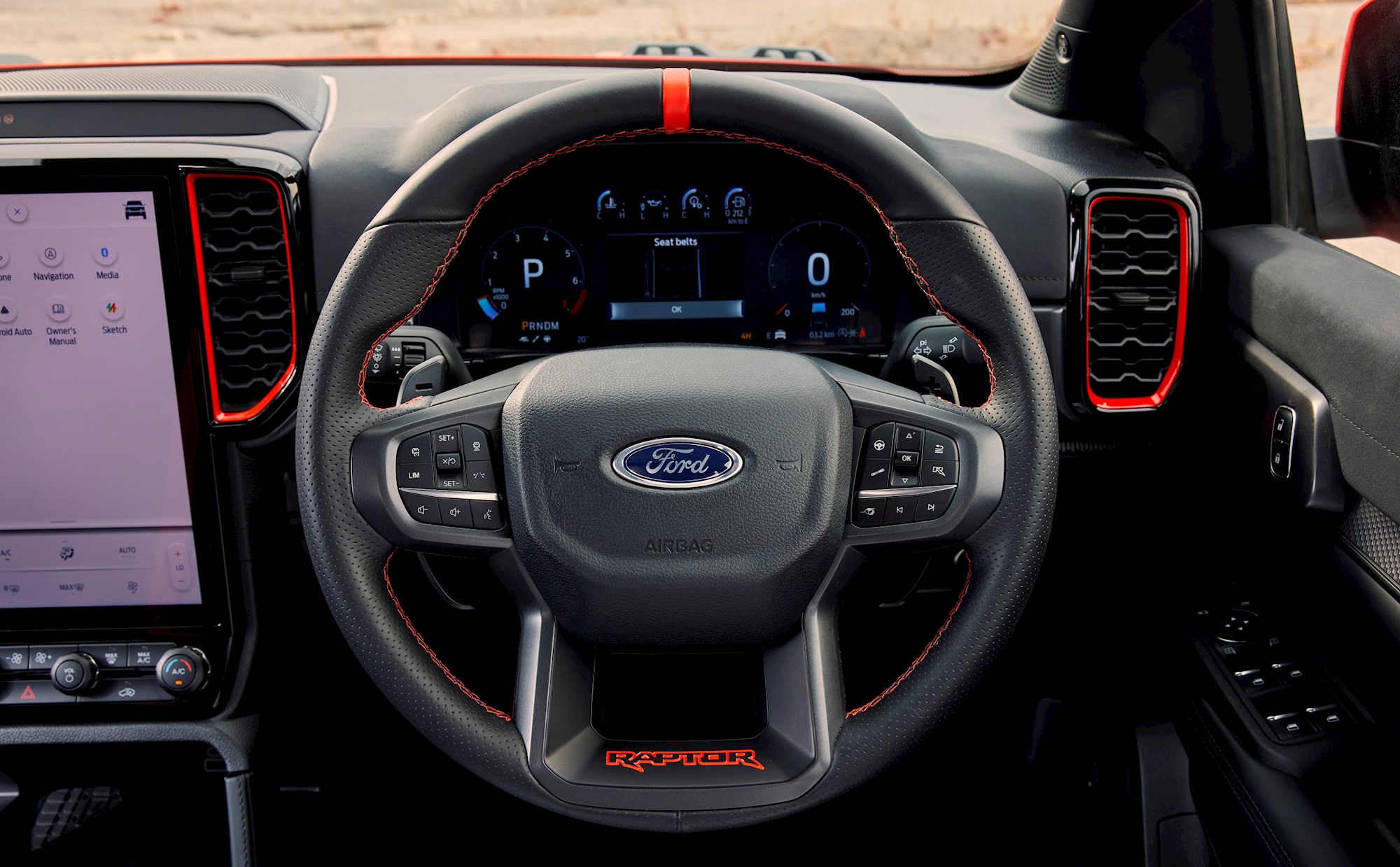
The steering is sharper, with better sense of connection. Braking performance remains a strength; Ranger also now has discs all round but Raptor has the same, larger, 332mm rotor diameter front and rear and now has an electric brake booster that improves pedal feel.
The ride and handling are better than Ranger’s, which already sets a standard. Ranger Raptor chief Dave Burn, who had a big role in developing XR Falcons back in the day, assured it would handle like a Focus ST on the seal, and he wasn’t wrong. Despite its height and weight, it’s astoundingly sure-footed, with higher cornering speeds than would be prudent in any standard Ranger.
The off-road tuning is amazing. We ran new and old Raptor back to back over an evil high-speed track. Mark 1 was great, Mark 2 just ate it alive. Not just for stomp. Bump and rut impact suppression from those high-tech Fox dampers, now with “live valve” technology adaptive for compression, is astounding. Yee-haa jumping remains a fun-to-try trick; within reason. Done right, it demonstrates gymnast grace and poise. And wrong? I imagine YouTube will have evidence in time.
The previous Raptor was a great first try, but underdone with its engine and arguably it really lost its special power status once that powerplant moved into general issue Rangers.
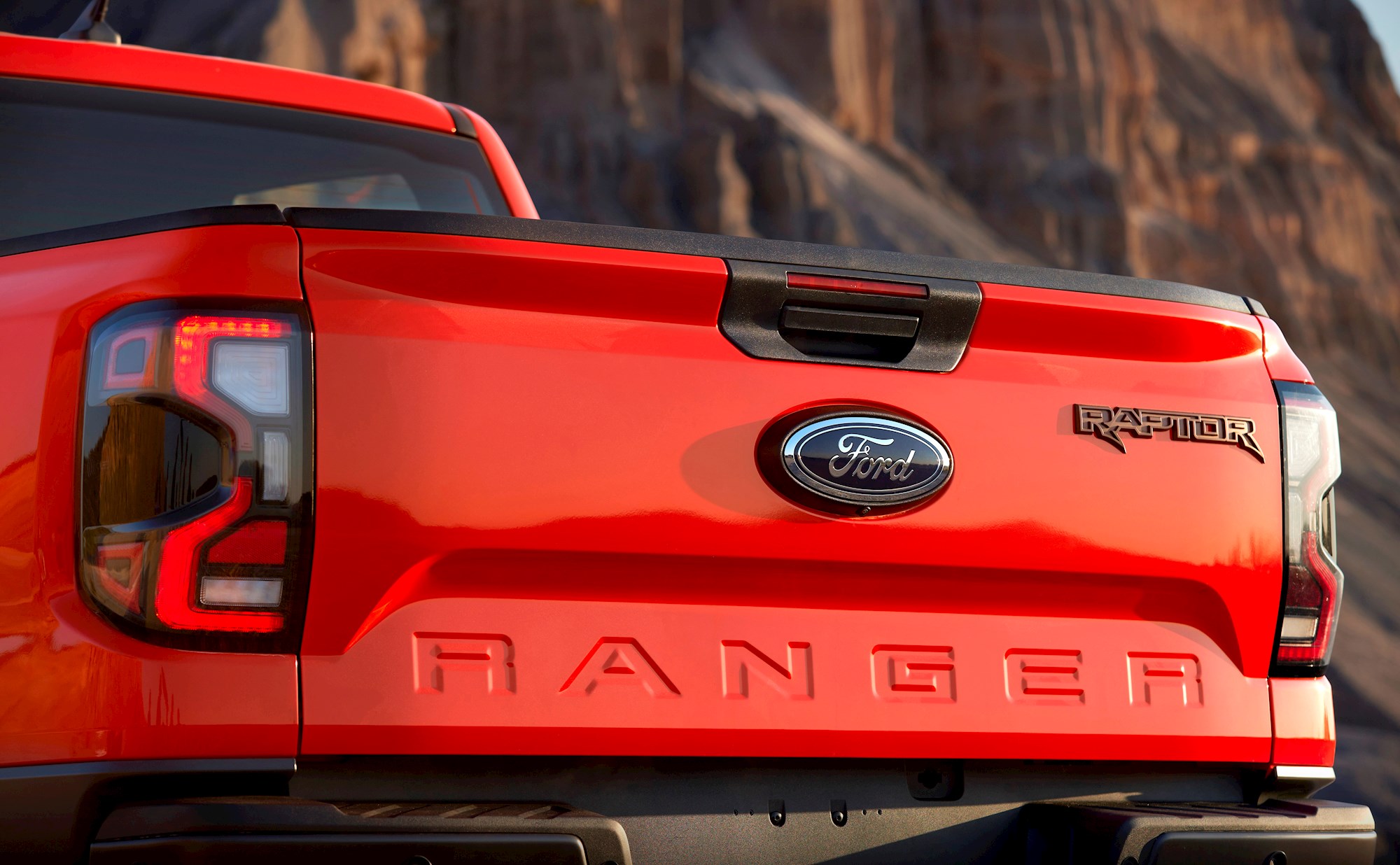
Ford is adamant it won’t make that mistake again; the petrol V6 is purely this racer rebel. It’s also only fighting for the Blue team. No chance of seeing an Amarok going so feral, either.
Gloriously irrational, environmentally irresponsible, probably destined to become something of an irrelevance once Ford can achieve the same results with electric involvement, it’s a big rowdy arrive to rev up the one-tonne party. Maybe just when the fun police are readying to shut everything down.
With that in mind, Ford NZ boss Simon Rutherford has already been looking at potential “what if” strategies.
The United Kingdom has the same engine, but in 211kW/490Nm tune to meet the Euro 6 standard (ours are Euro 5). That could be picked up, though preliminary advice from engineers is that this “cleaner” version quirkily has an even higher CO2 output, of 310g/km, when tested to WLTP. Returning to the original biturbo four-cylinder, now of course the mainstay of the general issue Ranger clan with 155kW/505Nm, is also a potential.
FORD RANGER RAPTOR
ENGINE: 3.0-litre twin-turbo petrol
POWER: 292kW/583Nm
GEARBOX: 10-speed automatic, AWD
CONSUMPTION: 11.5 litres per 100km (WLTP)
PRICE: $89,990







